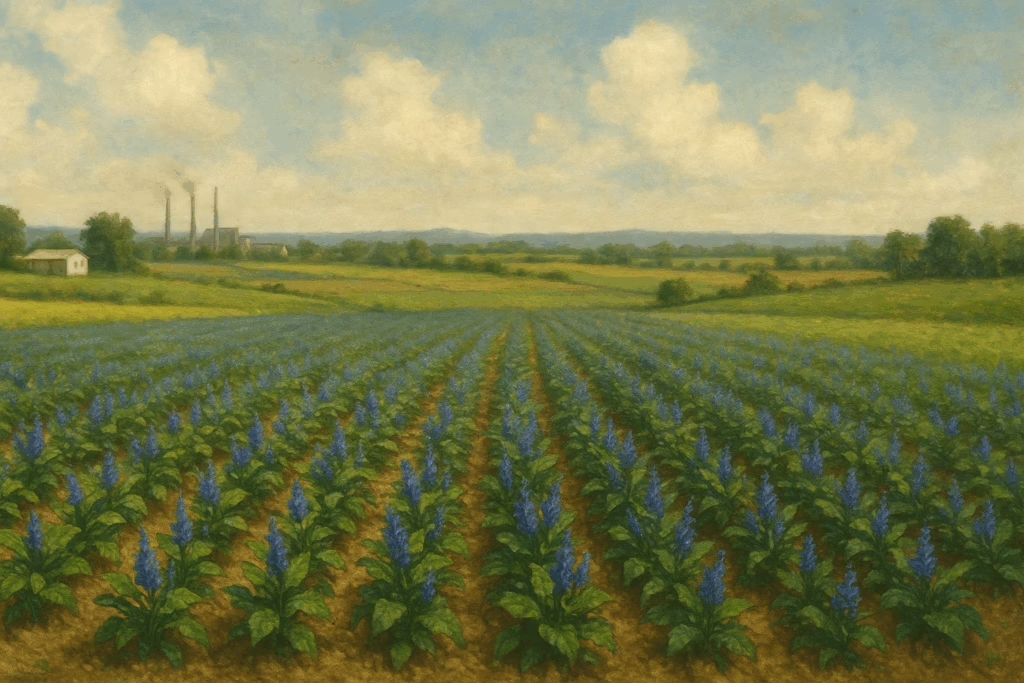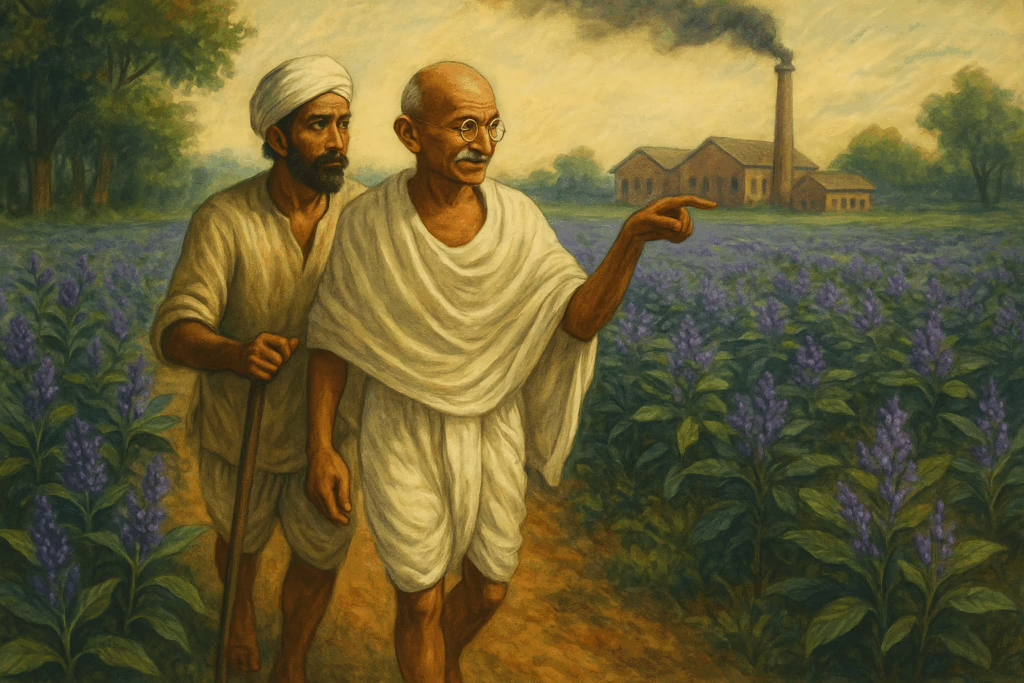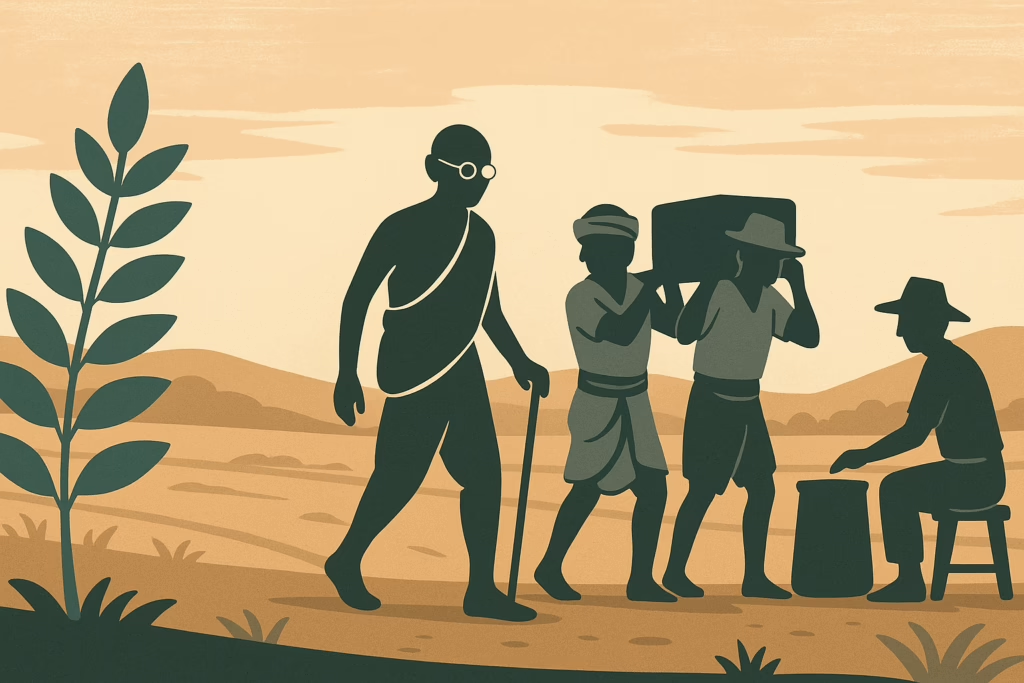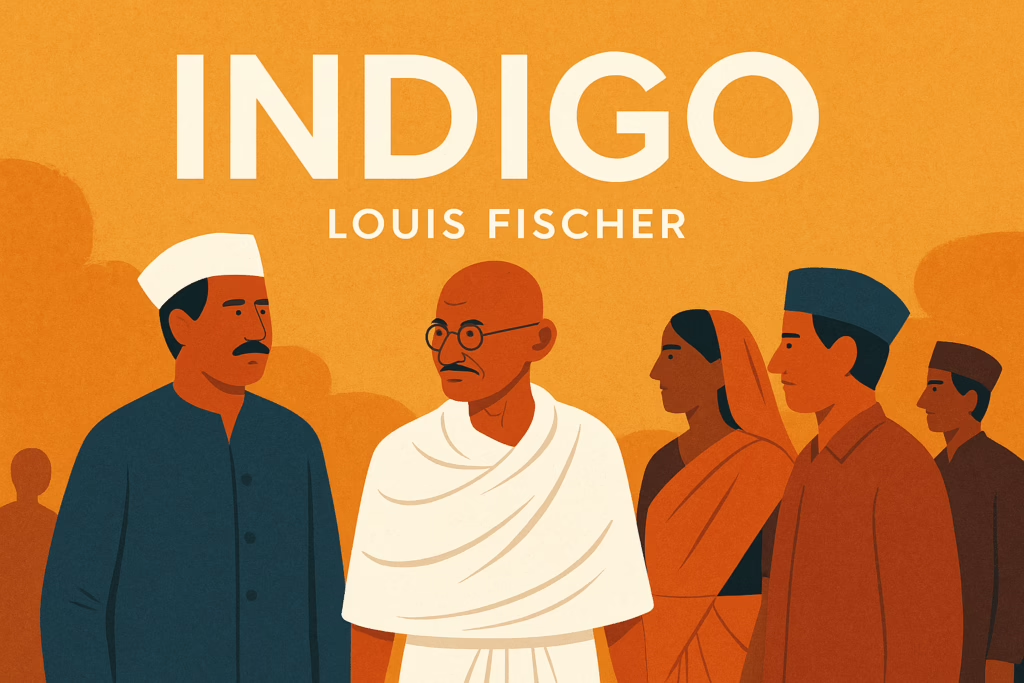Louis Fischer’s Indigo offers an insightful and compelling account of Mahatma Gandhi’s first major experiment with civil disobedience in India during the Champaran movement of 1917. Through simple yet powerful narration, the text highlights the exploitation of poor sharecroppers by British landlords and Gandhi’s unwavering commitment to truth, justice, and non-violence. The chapter not only illustrates Gandhi’s moral strength and leadership but also reveals how ordinary villagers, long suppressed by fear, gradually awakened to their rights and dignity under his guidance.
To help students understand the depth of this chapter and prepare effectively for CBSE Higher Secondary examinations, this article presents a comprehensive collection of Additional Questions and Answers. These include short responses, detailed long answers, HOTS-based reasoning, extract-based interpretations, and value-based reflections designed to strengthen conceptual clarity and exam-writing skills. Engaging with these questions will enable learners to fully appreciate the historical significance, thematic richness, and inspirational message embedded in Indigo, while also equipping them for board examinations with confidence.
You can find the summary along with the textual questions and their answers in the previous article.

A. SHORT ANSWER QUESTIONS (2–3 Marks)
1. Why was Gandhi impressed by Rajkumar Shukla?
Gandhi was impressed by Rajkumar Shukla because of his extraordinary perseverance. Shukla followed Gandhi everywhere—Lucknow, Cawnpore, Ahmedabad, and Calcutta—without giving up, proving his absolute determination to bring Gandhi to Champaran.
2. What was the condition of the sharecroppers of Champaran?
The sharecroppers lived in severe poverty. They were forced to grow indigo on 15% of their land and pay it as rent to British landlords, leaving them with very little to survive on. They suffered exploitation, fear, and humiliation for generations.
3. Why did Gandhi chide the local lawyers of Champaran?
Gandhi scolded the local lawyers because they charged high fees from the poor peasants. When they admitted they would return to their towns if Gandhi was jailed, he told them it would be shameful to desert their clients in their hour of need.
4. What was the significance of Gandhi’s refusal to obey the order to leave Champaran?
Gandhi’s refusal marked his first act of civil disobedience in India. It showed that he would follow the truth and serve the poor even if it meant breaking unjust laws. This act became a model for future freedom movements.
5. Why did Gandhi insist that Charles Andrews should not help him?
Gandhi believed that Indians must learn to fight their battles independently instead of relying on Englishmen, even sympathetic ones. He wanted the lawyers to realise their own strength and responsibility in serving their country.
6. Why was Gandhi’s stay at the house of Professor Malkani unusual?
During that time, any open support for home-rule activists invited British hostility. By hosting Gandhi, Professor Malkani took a courageous stand, which was extremely rare among government servants.

B. LONG ANSWER QUESTIONS (5–6 Marks)
7. How did Gandhi’s method of inquiry transform the Champaran movement into a people’s struggle?
Gandhi’s approach was rooted in truth, personal contact, and moral courage. He travelled to villages, spoke directly to peasants, wrote down their depositions, and collected evidence without fear of British officials. His arrest and court appearance drew thousands of peasants, turning a local grievance into a mass movement. By involving ordinary people, Gandhi made the struggle not merely political but also social and humanitarian, setting the foundation for India’s freedom movement.
8. Evaluate the role of the British landlords in exploiting the peasants of Champaran.
The British landlords imposed the sharecropping system, forcing peasants to plant indigo on 15% of their land and surrender it as rent. When synthetic indigo was invented, they pressured the peasants to compensate them to release them from the outdated system. This clearly exposed their greed and manipulation. Their oppressive practices, supported by government officials, kept the peasants in fear and poverty until Gandhi exposed their injustice.
9. Why was the 25% refund a victory for the sharecroppers?
The 25% refund was symbolic rather than financial. Gandhi understood that forcing the landlords to part with even a quarter of the money meant a moral defeat for them. Their surrender restored confidence in the peasants, broke their centuries-old fear, and marked the beginning of their liberation from exploitation.
10. How did Gandhi blend political freedom with social reform during the Champaran movement?
Gandhi believed that political freedom was incomplete without improving the social conditions of the people. In Champaran, he set up schools, promoted health and hygiene, and involved volunteers like Kasturba and the ashram members to teach and serve the peasants. This combination of fighting oppression and uplifting lives reflected Gandhi’s complete vision of Swaraj.
C. HOTS (Higher Order Thinking Skills)
11. What does Gandhi’s behaviour in the court reveal about the nature of true leadership?
Gandhi openly admitted that he had broken the law but insisted he did so to serve a higher moral purpose. His honesty, fearlessness, and willingness to face punishment showed that true leaders lead through moral conviction rather than authority.
12. Why did Gandhi oppose the idea of seeking outside help (like Andrews) during the struggle?
Gandhi believed that dependence on an outsider, especially an Englishman, would weaken the moral foundation of the movement. He wanted Indians to recognise their own power and take responsibility for their own liberation.
13. What made Champaran the first “lesson in self-rule” for India?
The movement awakened peasants to their rights, encouraged lawyers to serve without fear, and challenged British authority through non-violence. It demonstrated that freedom begins with courage and self-confidence—a fundamental lesson in self-rule.

D. EXTRACT-BASED QUESTIONS
Extract 1:
“The battle of Champaran is won.”
a) Who said these words?
Gandhi said these words.
b) What “battle” is being referred to?
It refers to the struggle against the unjust sharecropping system imposed by British landlords.
c) Why did he consider it won?
Because the British agreed to refund 25% compensation, marking their acceptance of wrongdoing and restoring dignity to the peasants.
Extract 2:
“He had come to the conclusion that he had to make the people free from fear before he could begin to fight for their rights.”
a) Who had reached this conclusion?
Gandhi had reached this conclusion.
b) Who are “the people” here?
The people are the oppressed peasants of Champaran.
c) Why was freedom from fear important?
Without courage, the peasants would never be able to resist exploitation or support the freedom movement.
E. VALUE-BASED QUESTIONS
14. What values made Gandhi an exceptional leader during the Champaran struggle?
Gandhi displayed truthfulness, fearlessness, compassion, humility, moral strength, and a deep commitment to justice. These values enabled him to inspire and unite the masses.
15. What does the Champaran movement teach us about the power of non-violence?
It teaches that non-violence can effectively challenge oppressive systems. Without weapons or aggression, Gandhi compelled the British to surrender their authority through moral force alone.
F. EXAM-STYLE ESSAY QUESTION
16. “Indigo is not just a political story but a humanitarian one.” Discuss.
Indigo portrays Gandhi not merely as a political figure but as a humanitarian. He fought not for political prestige but to free poor peasants from exploitation. His movement addressed hygiene, education, self-reliance, and moral upliftment. He believed that serving the poorest was the truest form of patriotism. Thus, the narrative emphasises compassion and social justice as much as it does political resistance.


